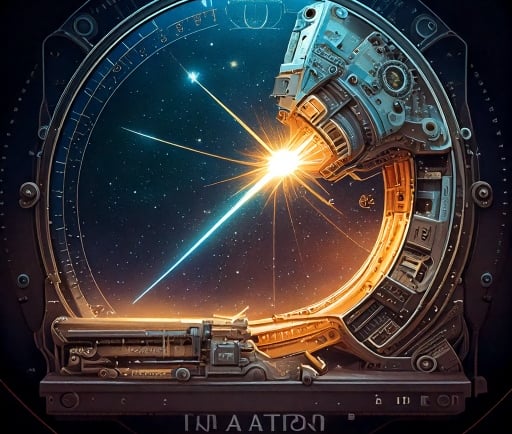The Pulsars Method: Discovering Exo Planets


Understanding Pulsars and Their Unique Timing
Pulsars are one of the most intriguing types of celestial objects in the universe. These highly magnetized, rotating neutron stars emit beams of electromagnetic radiation out of their magnetic poles. As they spin, these beams sweep across space, and if they align with Earth, we observe them as regular pulses of radiation. However, what happens when these pulses deviate from their expected rhythm? This irregularity can provide crucial insights into the pulsar's environment, particularly if it resides within a multi-planetary system.
The Significance of Timing Irregularities
Despite their consistent pulsation patterns, slight variations in pulsar pulse timing indicate that these stars are engaging in complex gravitational interactions. When a pulsar orbits the center of mass of a planetary system, they exhibit fluctuations in their emitted pulse rates. These variations stem from the gravitational effects of the planets it orbits. Astronomers meticulously measure these timing irregularities; each anomaly provides clues about the presence of planetary bodies and their respective masses.
Deducing Planetary Orbits and Mass
The process of deducing the orbit and mass of planets around pulsars involves sophisticated observational techniques. By analyzing the timing shifts of the pulses, astronomers can make precise calculations relating to the size and mass of the planets involved. The gravitational pull exerted by the planets causes the pulsar to move in a back-and-forth motion, which in turn influences the timings of the pulses we receive on Earth. Such observations have led to the discovery of exoplanets and have expanded our understanding of planetary systems significantly.
In conclusion, the study of pulsars and the timing of their pulses reveals critical information about the cosmos. As we continue to uncover the intricacies of these celestial objects, we not only enhance our understanding of the particles and principles governing them, but we also open doors to discoveries of other worlds outside our solar system. The dance of pulsars, intertwined with the motion of planets, is a testament to the complex interactions that define our universe.
